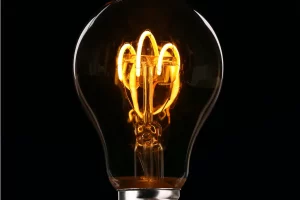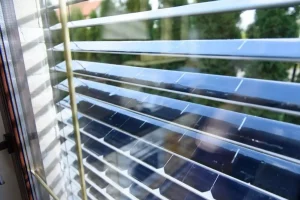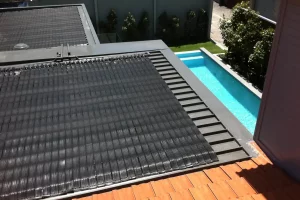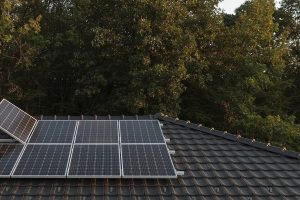As part of our series on heating water using solar energy, this article focuses on thermosyphon systems. These systems utilize natural convection to circulate water and provide a simple, efficient solution for solar water heating. Understanding how thermosyphon systems work, their benefits, limitations, and alternatives can help homeowners make informed decisions about integrating solar water heating into their homes.
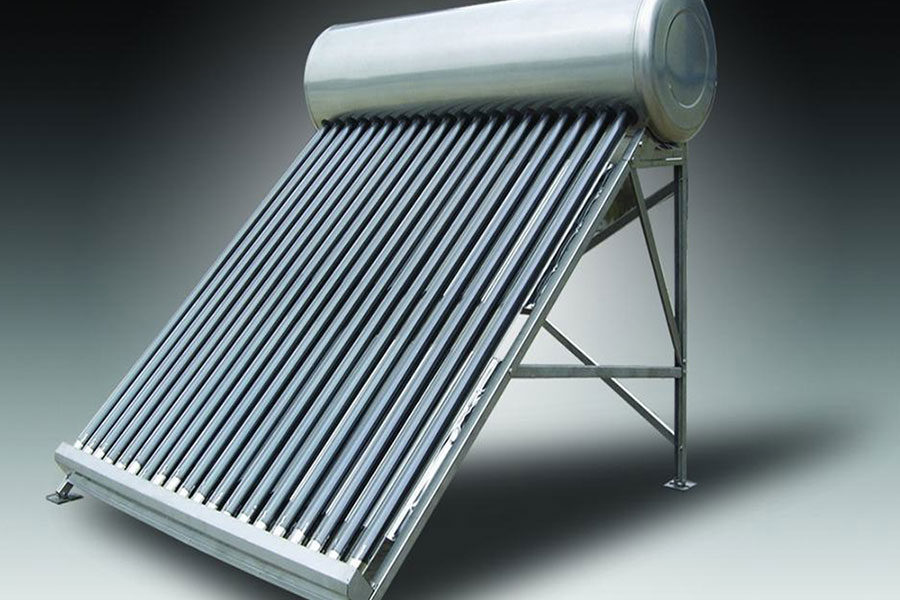
What Are Thermosyphon Systems?
Thermosyphon systems are a type of passive solar water heating system that relies on natural convection to circulate water between the solar collector and the storage tank. Unlike active systems that use pumps to move water, thermosyphon systems take advantage of the natural movement of hot water rising and cold water sinking to achieve circulation.
How They Work
In a thermosyphon system, the solar collector is typically installed on a roof or another sunny location, and the storage tank is positioned above the collector. As the sun heats the water in the collector, the hot water rises and flows into the storage tank. Simultaneously, cooler water from the bottom of the storage tank flows down into the collector to be heated. This continuous cycle ensures a steady supply of hot water.
When Are Thermosyphon Systems Beneficial?
Thermosyphon systems offer several advantages, making them a suitable option for certain homeowners. Here are some scenarios where thermosyphon systems are particularly beneficial:
Simple and Reliable Design
Thermosyphon systems are known for their simplicity and reliability. With no moving parts or complex controls, they require less maintenance compared to active systems. This simplicity translates to lower installation and maintenance costs.
Mild to Warm Climates
Thermosyphon systems perform best in mild to warm climates where freezing temperatures are rare. Since the system relies on natural convection, it is crucial to avoid freezing conditions that could disrupt the circulation and damage the components.
Low to Moderate Hot Water Demand
For households with low to moderate hot water demand, thermosyphon systems can provide an efficient and cost-effective solution. They are particularly suitable for small to medium-sized homes where the demand for hot water is consistent but not excessive.
When Are Thermosyphon Systems Not Recommended?
While thermosyphon systems have several benefits, there are situations where they may not be the best choice. Here are some scenarios where thermosyphon systems are not recommended:
Cold Climates
In regions with frequent freezing temperatures, thermosyphon systems are not ideal because the water in the collectors and pipes can freeze, causing significant damage. Homeowners in colder climates should consider alternative solar water heating systems that offer better freeze protection.
High Hot Water Demand
For households with high hot water demand, such as large families or homes with multiple bathrooms, thermosyphon systems may not provide sufficient hot water. The system’s capacity is limited by the size of the collector and storage tank, making it less suitable for larger households.
Space Constraints
Thermosyphon systems require adequate space for installation, as the storage tank needs to be positioned above the collector. Homes with limited roof or ground space may find it challenging to accommodate a thermosyphon system.
Alternatives to Thermosyphon Systems
For homeowners where thermosyphon systems may not be suitable, several alternative solar water heating options are available. Here are some common alternatives:
Direct Circulation Systems
Direct circulation systems, also known as open-loop systems, use pumps to circulate household water through solar collectors, where it is heated by the sun. These systems are best suited for regions with mild, non-freezing climates and provide an efficient way to heat water directly.
Indirect Circulation Systems
Indirect circulation systems, or closed-loop systems, use a heat-transfer fluid that circulates through the solar collectors and transfers heat to the household water via a heat exchanger. These systems are ideal for colder climates, as the antifreeze solution prevents freezing.
Integral Collector-Storage (ICS) Systems
Integral Collector-Storage (ICS) systems combine the solar collector and storage tank into a single unit. They are suitable for mild climates and offer a simple and cost-effective solution for solar water heating, particularly for homes with low hot water demand.
Conclusion
Thermosyphon systems provide a straightforward, reliable, and efficient solution for solar water heating in residential homes, particularly in mild to warm climates with low to moderate hot water demand. Their simplicity and lack of moving parts make them an attractive option for homeowners seeking a low-maintenance, cost-effective solar water heating solution. However, they are not suitable for regions with freezing temperatures or households with high hot water demand.
By understanding the benefits and limitations of thermosyphon systems, homeowners can make informed decisions about the best solar water heating solution for their needs. For those in colder climates or with higher hot water demands, alternative systems such as direct circulation, indirect circulation, or integral collector-storage systems may provide more suitable options. Regardless of the chosen system, integrating solar water heating into residential homes contributes to energy savings and a more sustainable future.
